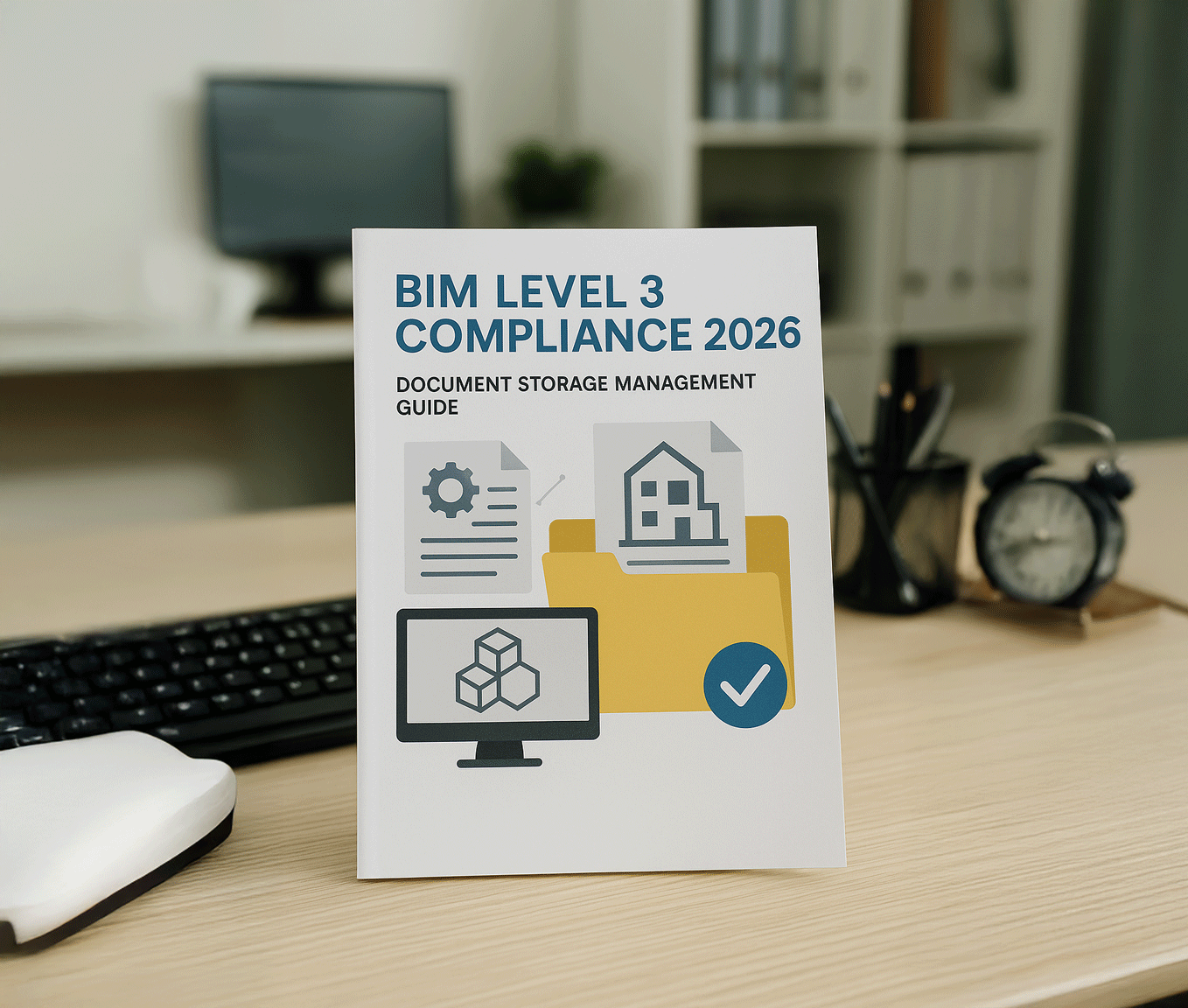Why document storage isn’t document management
Electronic document storage is critical to any document management system, but it is only one part of the bigger picture!

Why document storage isn’t document management
As organisations become ever more regulated, your business-critical documents need to be accessible and controlled, using tools that allow you to easily meet the strict compliance and governance requirements of your industry. The day of paper management systems has passed. The administration of physical documents absorbs time and leads so easily to errors and inaccuracies that it simply is not viable in a world where you need to be able to lay hands on the correct version of a policy or handbook without delay.
Electronic document storage stores electronic files in a secure and accessible location. This storage can be on-premises or, increasingly and more conveniently, in the cloud, through platforms such as Dropbox or SharePoint. The key is that there is a digital repository where electronic documents are saved. Electronic document storage is a critical component of any document management system, but it is only one part of the bigger picture.
Document management is a more comprehensive process that covers everything from document creation to distribution, tracking, and archiving. Document management can often also include tools for collaboration, such as co-authoring and commenting, which allows multiple people to work on the same document simultaneously. It also allows for document sharing with external parties, such as clients or vendors, in a secure manner, and for documents to be searchable by several different parameters.
As an example: A manufacturing company changes where it sources a critical component. This affects the specification of the finished product. There will potentially need to be changes made to data sheets, installation guides, user manuals and H&S documents. The update will need to be distributed to everyone in the business who may be involved with sales, production, stock control or customer service. At the same time the previous edition of each document will need to be retained to service customers who have the earlier version of the product.
Electronic document storage systems are designed to hold files securely and make them easily retrievable, but they are inherently passive. They don't provide any of the additional functionality that will help the company in our example keep those who need to know within the business, and outside it informed of changes and make sure that the different versions of the documents are easily identifiable. Document management systems, like Policy Central, ensure that documents are created, reviewed, approved, and archived in a consistent and controlled manner. They also facilitate collaboration and communication between different departments and stakeholders, allowing them to work together more efficiently.
One of Policy Central’s key advantages in our example above would be that documents would only be accessible to those who need them. Sales would not be able to view the old versions, as that is no longer on offer to customers, while customer service would need to access both versions to be able to support all clients. Supervisory approval may be needed to give access to older documents in some cases. But in all access can be tracked and monitored to ensure that the correct information is supplied to the right people.
Policy Central is a straightforward way of allowing you to create, publish, monitor compliance, and promote core understanding and can be extended across departments, or at individual user level. Using a data storage system to try and manage complex document control will lead to confusion and errors. To request a free "use case" review and to learn more about Policy Central can add clarity to your document management procedures, please get in touch or call 0845 2968 410.




